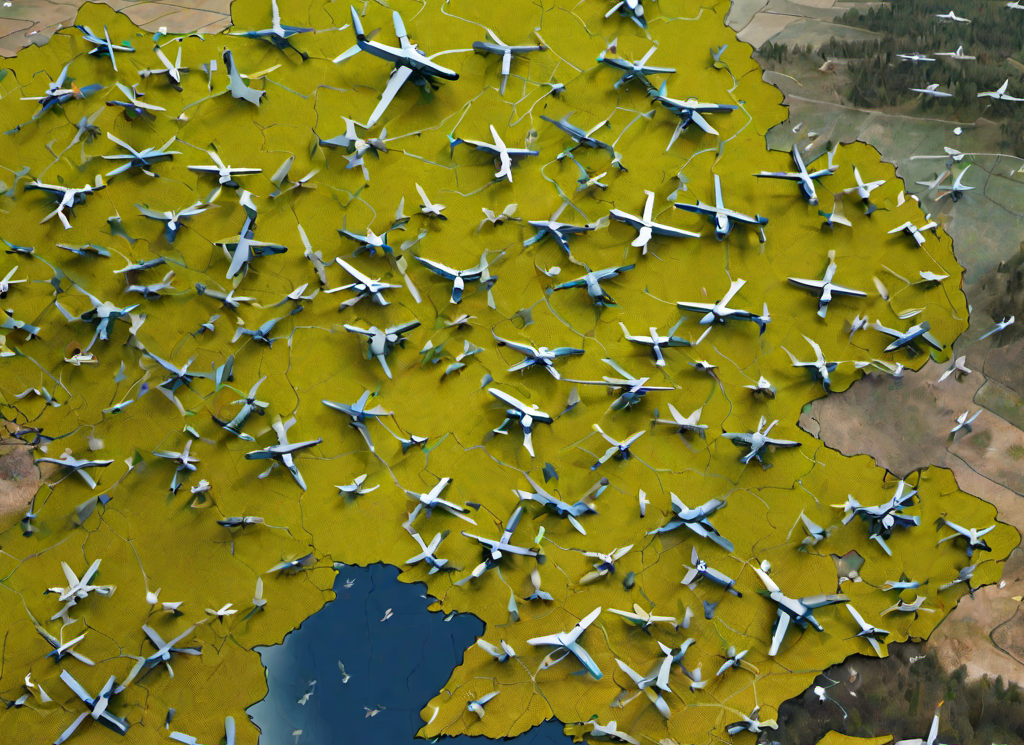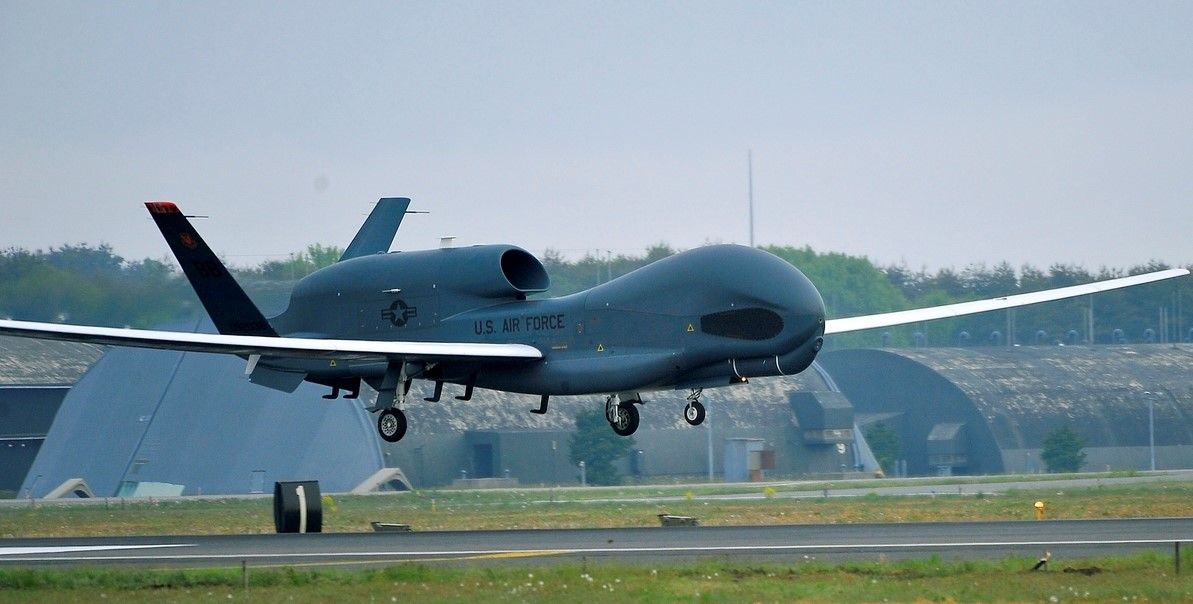How and Why Ukraine Built a Drone Army
The unconventional way that Ukraine’s military has gained its ‘eyes in the sky.’

With a well-established army, navy, and air force, Ukraine was as well prepared as could be for an invasion from a military as big as Russia’s.
However, the need to innovate in times of war has meant that the Ukrainian military has had to create a drone army to help keep watch over its 2,470 km battlefront.

With limited time and money, and with resources largely directed towards conventional forces, the Ukrainian drone army has been built in an unconventional manner. For example, the Ukrainian government has adopted policies to aid the drone army’s growth. These steps include:
· Loosening government import regulations
· Eliminated taxes on drone equipment and parts
· Coordinating a campaign (at home and abroad) to raise funding
· Accepting donations of hobby drones (thousands have already been given)
· Awarding grants to small businesses to develop and supply different drone designs
Additional funding has also be gained through the Army of Drones campaign which sources donations from the worldwide public to buy new drones and drone armaments. It is a strategy which is raising money to train drone pilots, as well as buy “200 tactical unmanned aerial reconnaissance vehicles” each of which can fly for 24 hours before refuelling, at an altitude of up to 5 km and with a range of 160km.
The funding (which has so far raised more than $300 million), procurement, and training are certainly working.
"Drones are our eyes, we can see the occupier very well from the top so we can adjust artillery and find and neutralise the enemy," says Slava, an instructor of drone pilots. The pilots are teamed up with a spotter - a two-person team whose main aim is locating enemy targets and positions while also staying hidden themselves.
“We have recently completed the first part of the UAV pilot training project; 10,000 pilots have been trained during this time," boasts Mykhailo Fedorov, Ukraine's deputy prime minister prior to the counter-offensive. “That is, the Drone Army is about the comprehensive development of the UAV sector, both from the point of view of production and from the point of view of their use.”

Full military-grade drones are expensive. For example, a mid-sized reconnaissance drone such as the Heron with a ground support team costs about $130 million. While a larger, more combat capable drone like the Global Hawk costs more than $200 million.
Ukraine, however, has been thrifty in using hobby drones wherever possible. As a recent BBC News report noted, “The most common drone seen on the front line is the DJI Mavic which costs less than $2,000 (£1,615).”

The drones themselves, at such a low price, are expendable. Dozens of them are shot down or jammed every day, but those that get through can provide invaluable information on enemy troop movements, save hundreds of thousands of dollars by providing more effective artillery fire, and can even do real damage by destroying an enemy armoured vehicle worth millions.
“The war between Russia and Ukraine is making a lot of high-tech military systems look like so many gold-plated irrelevancies,” says Philip Ross, a military analyst. “That’s why both sides are relying increasingly on low-tech alternatives—dumb artillery shells instead of pricey missiles, and drones instead of fighter aircraft.”
Adding in the recent attacks on Russian ships and port facilities and the price effectiveness of drones is evident.
“This war is a war of drones,” concludes Anton Gerashchenko, an adviser to Ukraine’s minister of internal affairs. “They are the super weapon here.”
You may also like to read: The Progress Being Made in Counter-Drone Technology or The War in Ukraine: A Conflict of Electronics
Photo credit: Global Hawk, Picryl, Raw Pixel, & Gencraft

